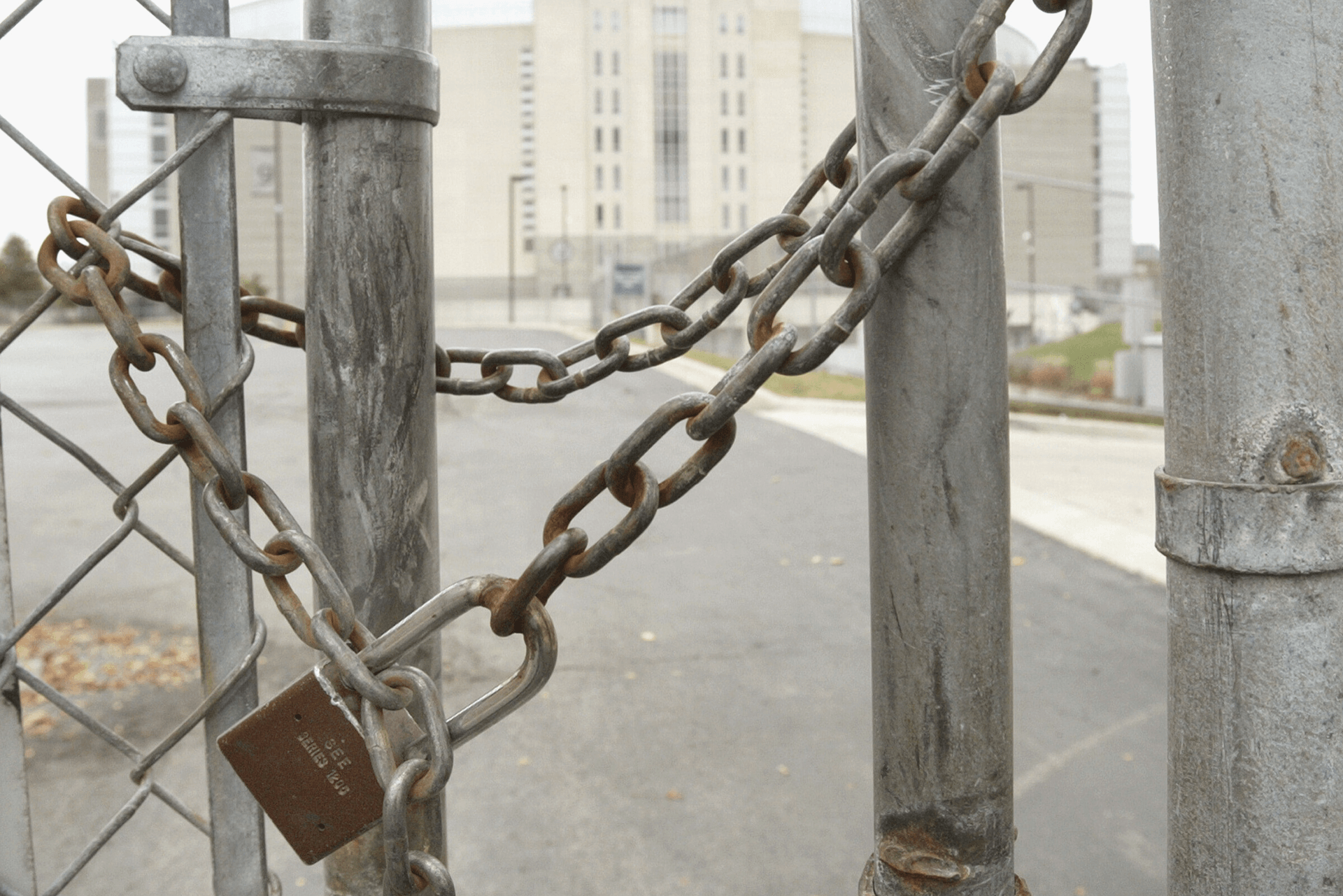

Strikes or lockouts are sometimes unavoidable and represent a challenge for the security field. The particularity of managing a labour conflict is that it is fueled by emotions, and the situation can escalate quickly. What is the sequence of events that leads to a workplace conflict? And how do you avoid the outbursts that can tarnish the company’s image and reputation?
What Precedes a Conflict?
The answer is quite simple: two parties that do not get along. On one side, we have the company or the managers, those we will call “the clients”, and on the other side, the unionized employees.
Generally, the conflict starts following the accumulation of disruptive elements for one or the other of the parties involved: long and unsuccessful negotiations, sporadic pressure tactics, management offers or union demands deemed unsatisfactory or even unacceptable.
When there seems to be no hope of a settlement or if discussions break down, a labour dispute will be initiated. This can take two forms: a strike, called by the employees, or a lock-out, called by the employer.
Proper Preparation
A labour dispute does not happen overnight. There is a long process that must be followed, on both sides, before a dispute can be initiated. It is generally a few months or even a year before the end of a work agreement that the preparation must begin.
“In crisis management, there is no room for improvisation,” explains Martin Côté, Conflict, Investigation and Background Check Specialist at Gardium.
A customized plan, generally called a contingency plan, will be presented to the company well before the conflict begins. It takes into account several factors: the number and profile of employees, the geographic location of the company, the intensity of the demonstration activities, the secondary picketing points (on the premises of partners or suppliers), etc.
“The contingency plan is similar to the security instructions you are presented with when you get on a plane,” says Martin Côté. “They are presented to you when everything is calm, in the hope that they will never have to be implemented!”
Although there are many similarities and common denominators, each conflict is different and has its own particularities.
“The procedure is different from one aircraft to another,” continues Martin Côté. “The location and number of doors vary, for example. The same principles apply at the corporate level.”
If agents are deployed to provide conflict management, they will be mandated by the client to perform the following tasks:
- Secure the business and its buildings;
- Protect the assets, management and non-union members;
- Protect the company’s image;
- Exercise executive protection (if necessary);
- Cover and secure any secondary picketing;
- Protect employees from themselves (spillover).
However, despite the implementation of all the preventive measures, it can happen that the situation leads to overflow and requires emergency protocols. In this case, the plan must be followed to the letter.
“In a crisis situation, it is no longer the time to read the safety brochure,” explains Mr. Côté, following the airplane analogy. “It’s time to take action.”
How do problematic outbursts manifest themselves? Through threats, vandalism, intimidation or even physical violence.
“A tiny minority of protesters could commit serious acts,” says Martin Côté. “It’s the same principle as at a sports team’s championship celebration. There will be mainly supporters, families, in short, law-abiding people among whom will be hidden the thugs whose only goal is to do damage.”
The Roles of Deployed Agents
The primary goal in managing labour disputes is to allow the company in question to regain control of access to its site and prevent any disturbances. To achieve this goal, Gardium advocates a respectful approach to the human element.
“In a labour dispute, there is a truth,” explains Dany Laflamme, President and CEO of Gardium. “The two parties that are fighting are in a way condemned to get along, and will one day have to collaborate again, work, and even celebrate the holidays together!”
When tensions rise, deployed agents must remember that they are working with people, and consider the emotions of the workers involved. The approach to take is to give protesters the appropriate response under any circumstances.
There is also the legal aspect. The right to strike is perfectly legitimate, but it must be exercised in an orderly fashion and in accordance with the laws that guide our society.
The agents do not confront the demonstrators, quite the contrary! They document any disruptive activity that causes harm to the customer, and keep a record of it by video capture. If necessary, legal proceedings can be initiated in collaboration with the client’s lawyers to obtain injunctions that will more adequately regulate the demonstrations.
Gardium’s Approach
As long as no agents are deployed in the field, consultation services, including contingency planning and coaching of management, are offered free-of-charge. Under no circumstances will Gardium be involved in the negotiation or mediation process between the employer and the union.
Gardium Security, which has a team entirely dedicated to the management of labour conflicts, stands out in the market because of its know-how and its knowledge of jurisprudence in the area of injunction investigations.
“Our team is made up of experts who only do labour conflict management,” says Martin Côté. “Being deployed regularly and for a large number of conflicts in Quebec, they remain at the cutting edge of legal issues.”
You are about to start a negotiation process and would like to benefit from Gardium’s expertise? Contact us now so that we can prepare a plan tailored to your company.

